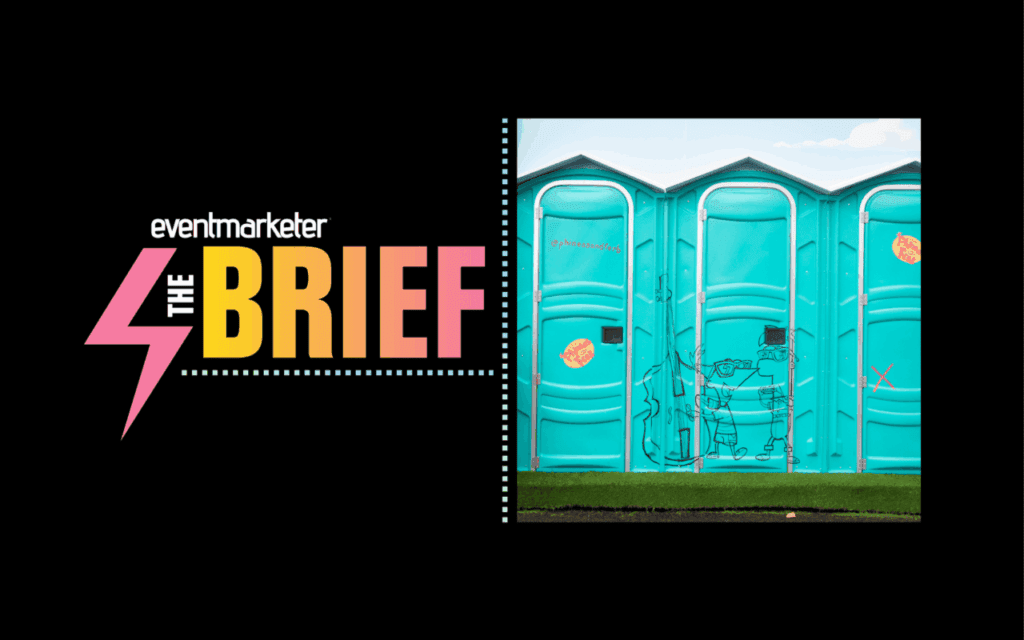A funny thing is happening in the loyalty industry. Consider the average North American consumer is enrolled in a record 13 formal programs that include typical features like monetary rebates, points and discounts to lock members in and keep them coming back. Now consider that actual participation in those programs (that is, customers engaging and making purchases) shrank 14% from the previous year, according to the 2015 Bond Loyalty Report.
The widespread availability of these programs is outpacing consumer demand. This oversupply is creating a growing sense of customer indifference toward the most potent mechanisms that differentiate a brand.
Funny, right? Not so much.
Loyalty programs consist of subtle levers and mechanics that build profiles, collect data, extract insights, scale intimacy and drive real behavior. That’s the basics.
With so many brands vying for share of mind, purse, closet and smartphone, these programs often come down to a tit-for-tat arms race where the ammunition of discounts, play money and Pavlovian plastic cards result in the kind of collateral damage that looks a lot like customer promiscuity and an eroded bottom line.
But here’s the punch line: Customers are enrolled and deeply engaged in more programs than they even recognize or report.
Those unknown programs aren’t the formal loyalty offerings we’re accustomed to seeing (and signing up for and later ignoring) from run-of-the-mill grocery stores, gas stations and airlines, but loyalty design principles and mechanics that have been baked into the very products and services of some pretty nascent and disruptive brands.
Nascent brands are learning what and what not to do from brands with existing programs.
 Google-owned Nest is a perfect example of an on-the-rise brand that is differentiating itself by crafting “informal” loyalty programs to engage customers on a more personal level. That means fulfilling customer needs while appealing to their aspirations and aligning with their values.
Google-owned Nest is a perfect example of an on-the-rise brand that is differentiating itself by crafting “informal” loyalty programs to engage customers on a more personal level. That means fulfilling customer needs while appealing to their aspirations and aligning with their values.
If you’re one of more than a million people who own a Nest Thermostat, you were probably intrigued when a little green leaf appeared on the screen to signal energy efficiency. While Nest is a “learning” thermostat, in that it learns your usage patterns and adjusts temperatures automatically, it uses the leaf as a badge to reciprocally train users to know when and how they’re conserving energy—and, over time, teaches them to progressively lower the temperature of their homes in the winter, let it rise in the summer and use less overall power.
Through the lens of loyalty design, that leaf isn’t simply an indicator of conservation, it’s a non-monetary currency that Nest users align with their values and are trained to pursue.
Loyalty programs train people to respond to certain cues—that’s what makes Nest so powerful. It employs key loyalty mechanics like a unique identifier (user account), regularly delivered personalized communications (relevant emails and app notifications) and a non-monetary currency (the leaf). Nest collects data, extracts insights from usage histories and influences users from the comfort of their own homes.
Nest sends each user a monthly energy report with information on how many kilowatt hours all Nest Thermostat schedules have saved since 2011, as well as lets people know how much energy they have used to heat or cool their homes. Did you catch the nuance? Everything a user does to interact with their Nest Thermostat is about what they can do to save energy—and that gets signaled back to them in real time. The monthly reports are based on usage and tell users how much they’ve used. Nest is able to communicate to its users how close they are to their goals and how far they’ve come, which taps into those parts of the brain where our feelings of motivation live (which just happens to be a bit of a holy grail for marketers—that is, loyalty marketers, smart marketers, and increasingly, all marketers).
Established brands can learn a thing or two from the way Nest, Tesla and other disruptive brands are changing the loyalty landscape. They’re taking the lessons and tools from the space and applying them to different parts of their business to strengthen existing touchpoints and create new ones with customers that are ownable and unique.
The managers and executives responsible for these programs in their organizations need to knock down the walls and move beyond the silos. The next wave for established brands is not to retrofit a points program over top the customer journey, but to use customer experience and mechanics to create a unique constellation of benefits that win the hearts and minds of customers, and make it harder for competing brands to copy.
Loyalty might be viewed as an old dog, but it’s certainly teaching new tricks to the brands that are disrupting categories and driving a new wave of dedication through customer experience.
Sean Claessen is executive vice president strategy at Bond Brand Loyalty.
Related articles:
 Network
Network

